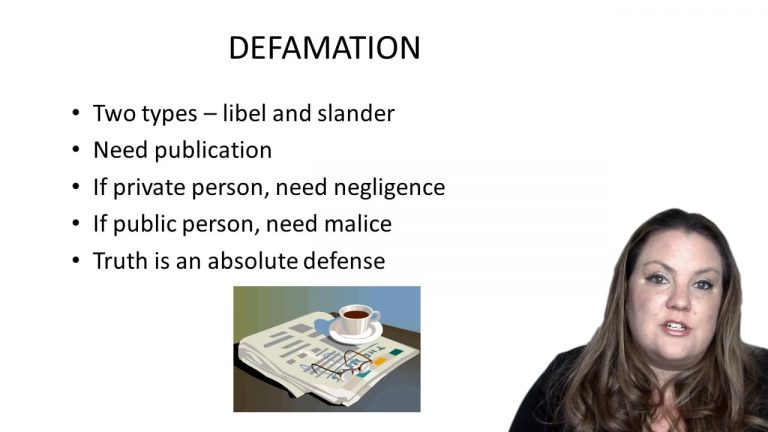Constitutional Law Keyed to Cohen
New York Times Co. v. Sullivan

ProfessorMelissa A. Hale
CaseCast™ – "What you need to know"
Facts
Respondent, one of three elected Commissioners of the City of Montgomery, Alabama, alleges that he was libeled by statements in a full-page advertisement carried in the New York Times on March 29, 1960. The advertisement entitled “Heed Their Rising Voices” charged that peaceful demonstration of Southern African-American students in behalf of their rights guaranteed by the constitution are being met by an unprecedented wave of terror by those who would deny them their rights. The text concluded by appealing for funds to support the movement, the right to vote and the legal defense of Dr. Martin Luther King Jr. None of the statements mention Respondent by name, but mention his position. As some of the events stated in the advertisement have been proven to be untrue, Respondent alleges he has been a victim of libel. During trial Respondent made no effort to prove he suffered any pecuniary loss as result of the libel. The trial judge declared the statements in the advertisement to be “libelous per se” and not privileged, and therefore that the Petitioner could be held liable if the jury found that they published the advertisement and the statements were made concerning the Respondent.
Only StudyBuddy Pro offers the complete Case Brief Anatomy*
Access the most important case brief elements for optimal case understanding.
*Case Brief Anatomy includes: Brief Prologue, Complete Case Brief, Brief Epilogue
- The Brief Prologue provides necessary case brief introductory information and includes:
Topic:
Identifies the topic of law and where this case fits within your course outline.Parties:
Identifies the cast of characters involved in the case.Procedural Posture & History:
Shares the case history with how lower courts have ruled on the matter.Case Key Terms, Acts, Doctrines, etc.:
A case specific Legal Term Dictionary.Case Doctrines, Acts, Statutes, Amendments and Treatises:
Identifies and Defines Legal Authority used in this case.
- The Case Brief is the complete case summarized and authored in the traditional Law School I.R.A.C. format. The Pro case brief includes:
Brief Facts:
A Synopsis of the Facts of the case.Rule of Law:
Identifies the Legal Principle the Court used in deciding the case.Facts:
What are the factual circumstances that gave rise to the civil or criminal case? What is the relationship of the Parties that are involved in the case.Issue(s):
Lists the Questions of Law that are raised by the Facts of the case.Holding:
Shares the Court's answer to the legal questions raised in the issue.Concurring / Dissenting Opinions:
Includes valuable concurring or dissenting opinions and their key points.Reasoning and Analysis:
Identifies the chain of argument(s) which led the judges to rule as they did.
- The Brief Prologue closes the case brief with important forward-looking discussion and includes:
Policy:
Identifies the Policy if any that has been established by the case.Court Direction:
Shares where the Court went from here for this case.
Topic Resources

 11m 49s
11m 49s